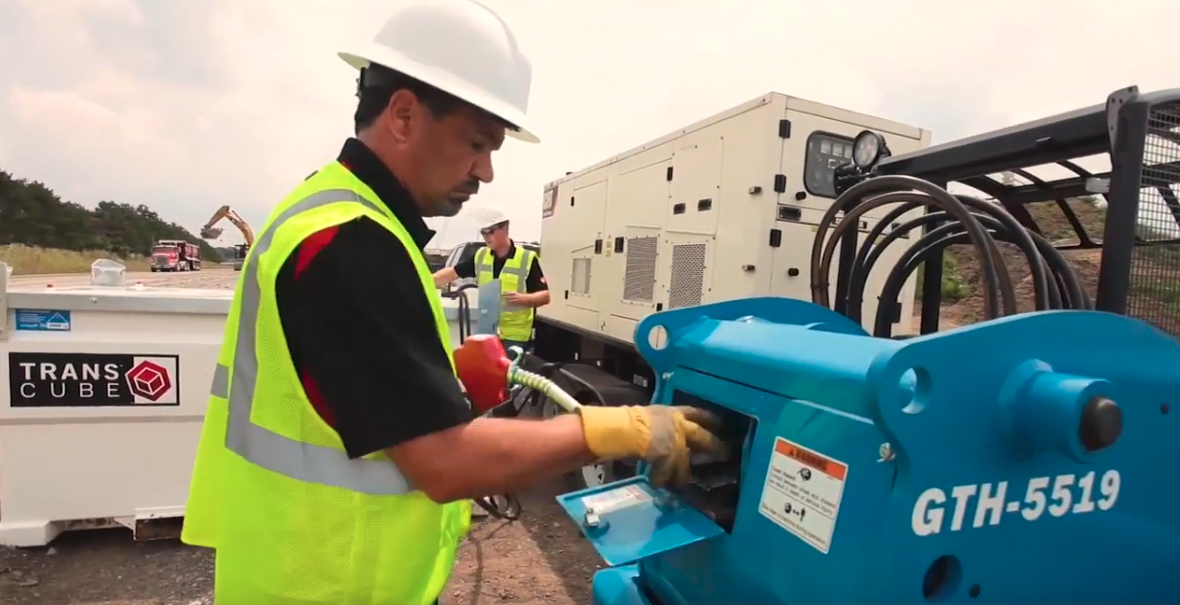If you have a large fleet of vehicles, and your business depends on it, fueling is always a huge consideration. There are two ways you can fuel up your fleet; either the vehicle has to be driven to a gas station or you can store fuel on-site - which is a heck of lot easier.
If you're alien to concept of on-site fueling, we're going to enlighten you about the process and benefits in this article.
What is on-site fueling?
As the name suggests, on-site fueling involves transporting or storing a substantial amount of fuel on your site so that your fleet can refuel conveniently. For instance, with the FuelChief TransCube Transportable Tank Range, you can transport fuel anywhere you need it. Which means if your fleet is constantly operating on remote sites, you can use TransCube range to transport fuel to their location - hassle-free refueling at your service!
Watch the TransCube Transportable Tank in action.
What are the legal requirements?
Site Certification
Fuel, if not dealt with carefully, can be hazardous. That is why there are some legal requirements that you need to follow.
First of all, check whether you need site certification or not. The requirements are different for Australia and New Zealand, but the bottom line is, site certification can be tricky at time and you should make contact with the right compliance certifier as soon as you can. Feel free to contact us and our high experienced staff can direct you to the right certifier.
Storage Limit
The regulations made under the HSNO Act have enforced the following thresholds when it comes to secondary containment of petrol and diesel:
- Petrol (not on a farm): 1000 litres
- Petrol (on a farm): 2000 litres
- Diesel (not on a farm): 1000 litres
- Diesel (on a farm): 2000 litres
Quantities exceeding the aforementioned limits will require secondary containment.
Legislation For Petrol and Diesel Storage
Petrol is extremely flammable and it ignites in a fraction of a second. That is why you need proper planning while storing petrol. According to WorkSafe New Zealand, petrol must be held in the containers that are approved and the capacity of portable containers should not be more than 25 litres.
On the other hand, since diesel is a hazardous substance, and only two grades of diesel are approved for use in New Zealand:
1. Automotive gas oil and marine diesel
2. Low flash point diesel
Benefits of on-site fueling
1. You can save a lot of money
If you buy fuel in bulk, you can end up saving more than expected in the long run. Buying large amounts of fuel routinely will also help you build a business relationship with the supplier and if you play your cards right, you might as well get some extra discount on the bulk fuel from your supplier turned friend.
2. It will increase the efficiency of your operations
How convenient would it be if you didn't have to take all your vehicles and machines to the gas station individually and do the refueling on site instead? No more detours for refueling - adopt on-site fueling now!
3. No more abusing 'fuel allowance'
It's difficult to know how the fuel allowance is being used by your employees. That's why having fuel onsite will ensure that fuel is only being used for work-related purpose - not family road trips.


